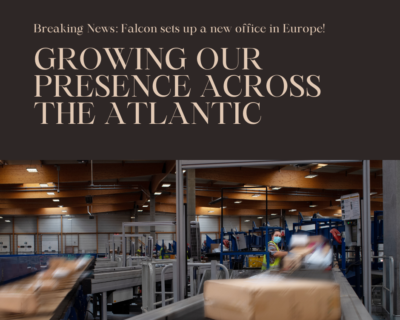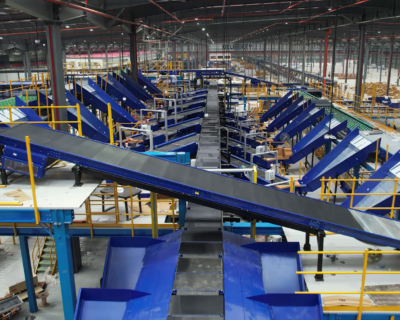Blog

In conversation with Vineet Baid, CEO, Falcon Autotech
Team eCommerce Logistics in a candid conversation with Vineet Baid about e-commerce, supply chain and the role of logistics in ecommerce industry.
Vineet Baid has extensive experience in e-commerce and retail in India. In his well rounded experience, he has managed supply chain, technology, product, business strategy and analytics. He has built and led large high performing teams, is highly customer oriented and execution driven.
Q. Let’s begin with your transition from B2C to B2B work experience. How would you describe both the experiences and which was more exciting?
While the nature of businesses are very different and my role is also different, I found both of them equally exciting. In fact, I find a lot of similarities between the two. For instance, at Jabong we setup a lot of new things which had no precedence at that point in time like Open Delivery or 6 hour delivery. Similarly at Falcon, we built the first tilt tray sorter in India to cater to throughputs of 7000 packets an hour. A lot of brainstorming, problem solving and thinking on the feet was required at Jabong and similar is the case here. Each client interaction at Falcon presents so many open problems in the industry. We will go after all of them! One by one.
Q. When it comes to eCommerce, what is the most important factor one needs to keep in mind for a seamless warehouse operation?
Effective product identification (barcodes / RF) and locational & quantitative inventory accuracy, while it appears obvious, is actually the backbone for running a seamless warehouse operation. Capacity planning and effective load balancing between various operational activities follow next.
Q.They say that Logistics has become the backbone of today’s business. In your experience, how did you manage to pull through the journey of supply chain at Jabong and what kept you motivated?
Logistics was always the backbone of businesses, however it wasn’t associated with competitive advantage earlier. I see supply chains taking centerstage in more and more lines of businesses.
At Jabong, we always wanted to make our operations a global benchmark. The team believed in the dream and we had a killer team in place as well, each one of us complemented each other very well. In my mind, the single biggest factor behind our success was the fact that we were not modelling ourselves by referencing someone. Most of what we did was fresh thought, quick pilots, experimentation, learning, quick execution and scale up and move to the next idea.
Q.What are the pre-requisites of an automated warehouse – Pros & Cons?
Pre-requisites of an automated warehouse – space, well defined operational numbers (shipment sizes, through puts , load patterns etc), budgets
Pros of an automated warehouse – reduced costs, improved speed, elimination of human error, , better peak management, reduced reliance on labor
Cons of an automated warehouse – generally capex intensive though with quick ROIs, requires more skilled personnel to operate, well defined requirements help implement appropriate automation
Q.India Logistics Expo is trying to bring together the players of the industry and also, create a platform which becomes the epitome of exhibitions. Do you think these platforms are necessary and why?
Absolutely, such platforms are necessary and much required. Indian logistics industry has a lot of ground to cover there is a lot that players can learn from each other. The real competition would be international – I see some big global corporations coming out of India in the field of logistics and supply chain.
Not to forget, such platforms are a great networking opportunity.
To know about our events, follow us on :
Facebook | LinkedIn | Instagram





